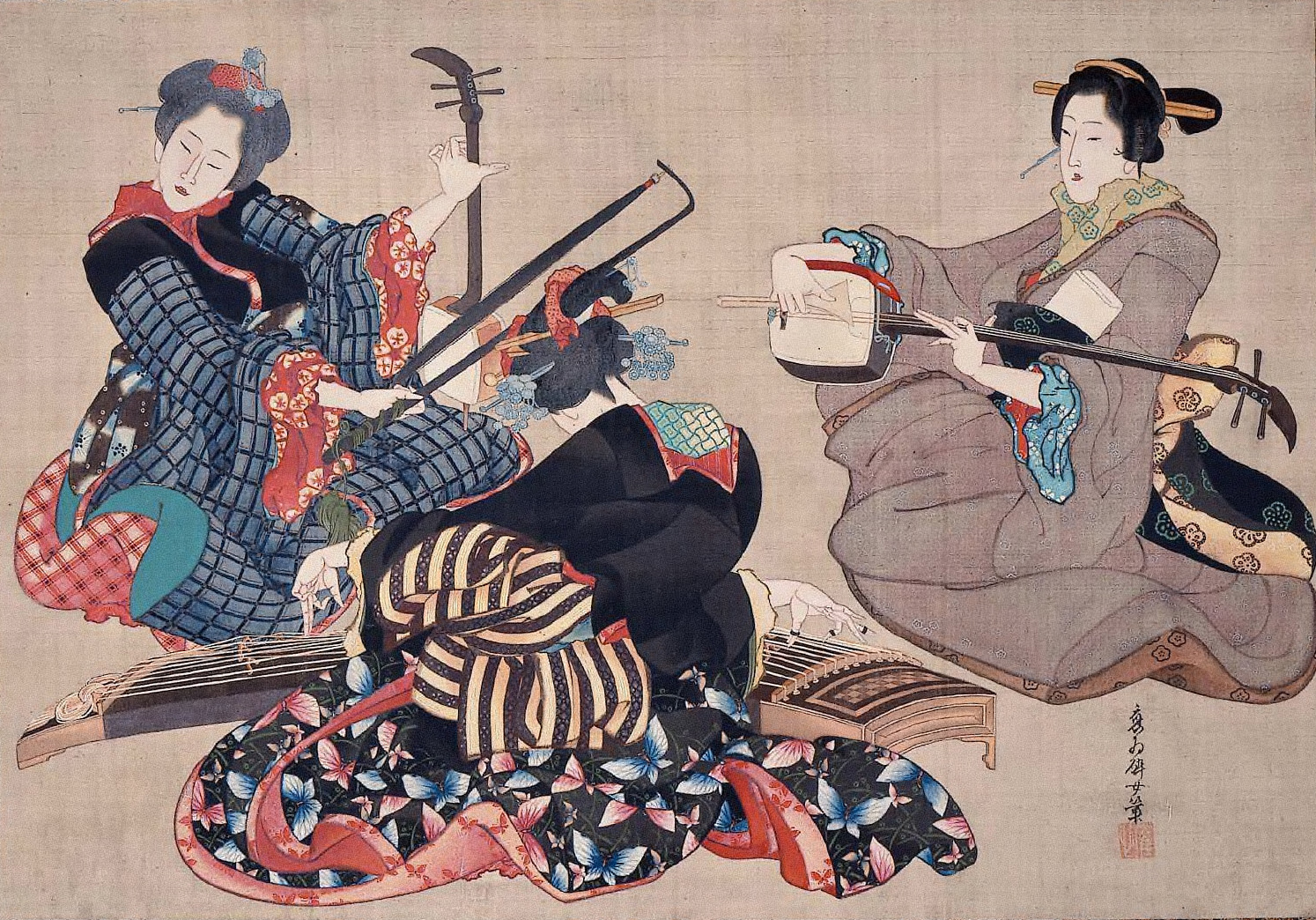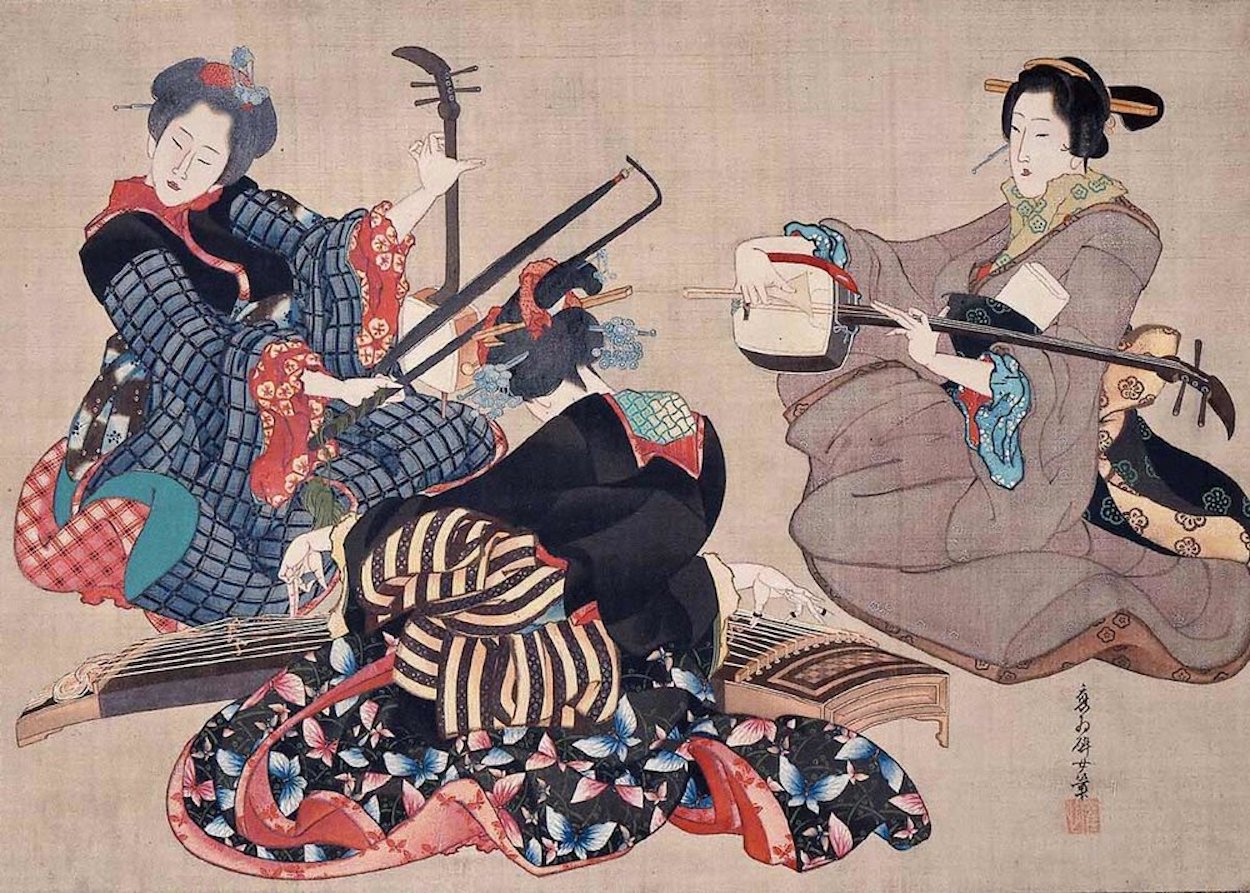A couple of days ago we presented the work of the famous Hokusai, the artist behind the iconic The Great Wave off Kanagawa. Did you know he had a daughter, who was also an artist? Her name was Katsushika Ōi, and her talents are evident from the few remaining works we still have of hers. Unfortunately, her life is shrouded in mystery and with plenty of unanswered questions, but as it is Women's History Month, please enjoy her story.
Ōi's birth and death dates are not known. We know that she married the artist Minamisawa Tōmei in around 1824, but they did not get along, and she found him a comically poor artist. They divorced about 1827 and then she returned to her father's home and never remarried. When Hokusai reached his later stage of life, he developed palsy. It was during this time that Ōi worked closely alongside her father, assisting him with an undisclosed number of his works. There are only around ten images attributed to her specifically, but many assume that her hand played a much more active role in Hokusai’s life than she is credited.
Ōi not only shared the artistic talent of her father, but also his characteristic free spirit. Both of them did not care about material wealth and keeping up with housework. Ōi and her father painted all day, and as neither one cooked, they would go to a nearby market and buy prepared food. After a while when it became too unsuitable to live, they would go and find another place to live.
Three Women Playing Musical Instruments is a great example of Ōi’s expert “paintings of beautiful women” (bijin-ga). Not one to be bound by artistic norms, Ōi has presented one of the central figures of the composition with her back turned to the viewer, a very unusual artistic motif.
P.S. Have you heard of Nōguchi Shōhin, a female artist of the Edo period? Click here to read about her more. :)


 Katsushika Ōi
Katsushika Ōi